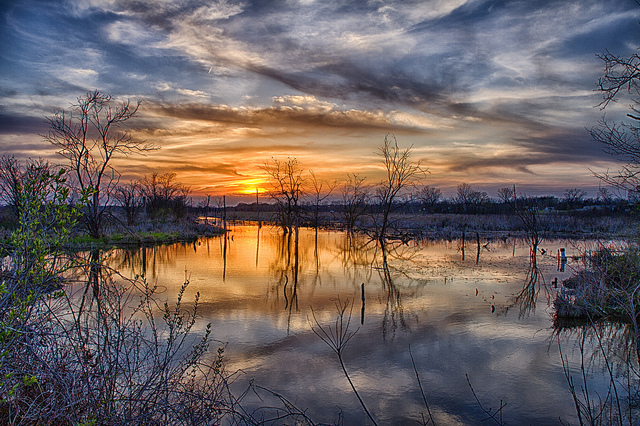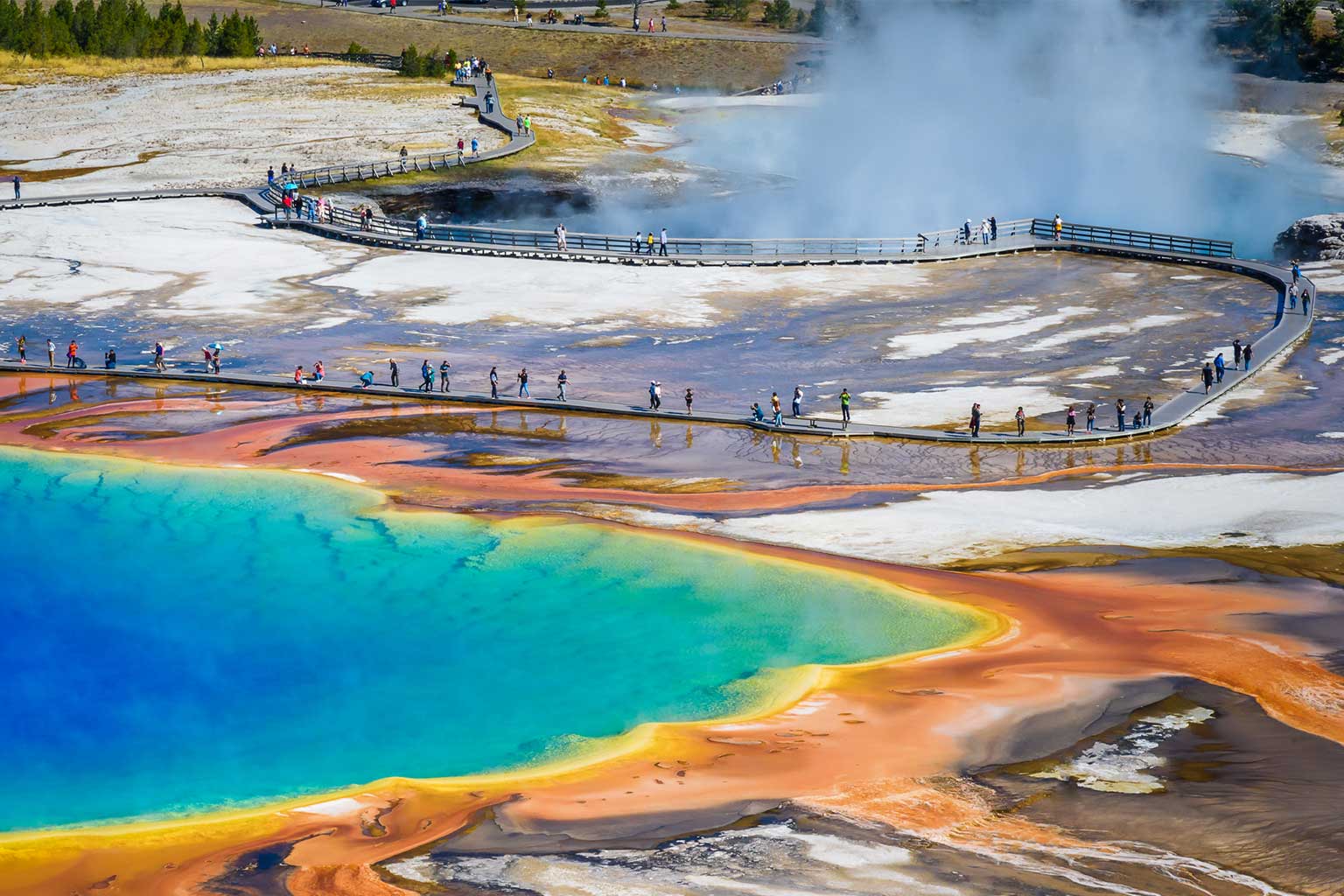Yesterday, before delivering his address to the Joint Session of Congress, President Donald Trump signed an Executive Order directing the Environmental Protection Agency (EPA) and U.S. Army Corps of Engineers to review and revise the infamous “waters of the United States” (WOTUS) rule. This regulation “is one of the worst examples of federal regulation, and it has truly run amok, and is one of the rules most strongly opposed by farmers, ranchers and agricultural workers all across our land,” Trump explained as he signed the EO. The WOTUS rule is far from dead, however, as it will take a significant amount of time for the agencies to implement the President’s directive.
The WOTUS rule, promulgated by the Obama administration in 2015, is the Army Corps and EPA’s latest formal effort to define the scope of federal regulatory authority under the Clean Water Act (CWA). By its terms, the CWA applies to “navigable waters,” which are in turn defined as the “waters of the United States.” For decades, federal agencies, landowner groups, environmental activists, and resource-use groups have quarreled over how far the definition of “waters of the United States” can be stretched. The definition of “waters” matters because lands and other property so defined become subject to an often onerous federal permitting scheme.
The EPA and Army Corps have been without a valid WOTUS definition for some time. In 2001 and 2006 the Supreme Court rejected the agencies’ definitions as too expansive. According to the Court, the agencies sought to assert federal regulatory authority on isolated intrastate waters and other features with insufficient connections to navigable waters, in violation of the CWA (if not the Constitution as well). However broad the scope of the CWA, the Court warned, it could not be turned into a federal land-use control law.
The Obama administration’s 2015 WOTUS Rule was an effort to reassert as much federal authority as could be justified under the Court’s 2001 and 2006 decision. Unsurprisingly, the rule provoked substantial controversy, as the rule purported to re-extend regulatory authority to many lands and properties that are scarcely wet, let alone clearly waters. Several states and landowner groups sued, the rule was stayed in federal court, and some procedural questions made their way to the Supreme Court.
President Trump’s “Executive Order on Restoring the Rule of Law, Federalism, and Economic Growth by Reviewing the ‘Waters of the United States’” aims to start a process that could eventually lead to the WOTUS rule’s demise. Specifically, it directs the Army Corps and EPA to review the existing WOTUS rule and revise or rescind it insofar as it conflicts with a policy of keeping “the Nation’s navigable waters . . . free from pollution, while at the same time promoting economic growth, minimizing regulatory uncertainty, and showing due regard for the roles of the Congress and the States under the Constitution.” The EO further directs the agencies to consider adopting a new or revised WOTUS rule that defines “waters” under the CWA “in a manner consistent with the opinion of Justice Antonin Scalia in Rapanos v. United States.”
These changes can’t just happen overnight. It took the Obama administration many months to develop, propose, and promulgate its WOTUS rule, and it will take just as long to revise or undo it. An EO directing action by the EPA and Army Corps is insufficient by itself. For the President’s stated policy to have an effect, the agencies will need to go through an extensive rulemaking process of their own before promulgating a new or revised rule. Specifically, the agencies will need to issue a notice of proposed rulemaking and accept public comment before promulgating any revision. In addition, any new rule will almost certainly be challenged in federal court. In the meantime, the Trump administration may seek to stay the current litigation challenging the Obama WOTUS rule, which will give them some time to get this work done.
As a substantive matter, a new WOTUS rule could be quite significant. The Supreme Court’s decisions on the meaning “waters of the United States” should afford the EPA and Army Corps substantial leeway in adopting a more constrained definition of their own regulatory authority. This could alleviate state concerns about the rule and relieve many landowners from burdensome regulatory requirements. Still, any such changes must be adopted in accordance with the relevant legal and procedural requirements. As a consequence, President Trump’s WOTUS Rule EO is only the first step toward what could become significant regulatory reform.




